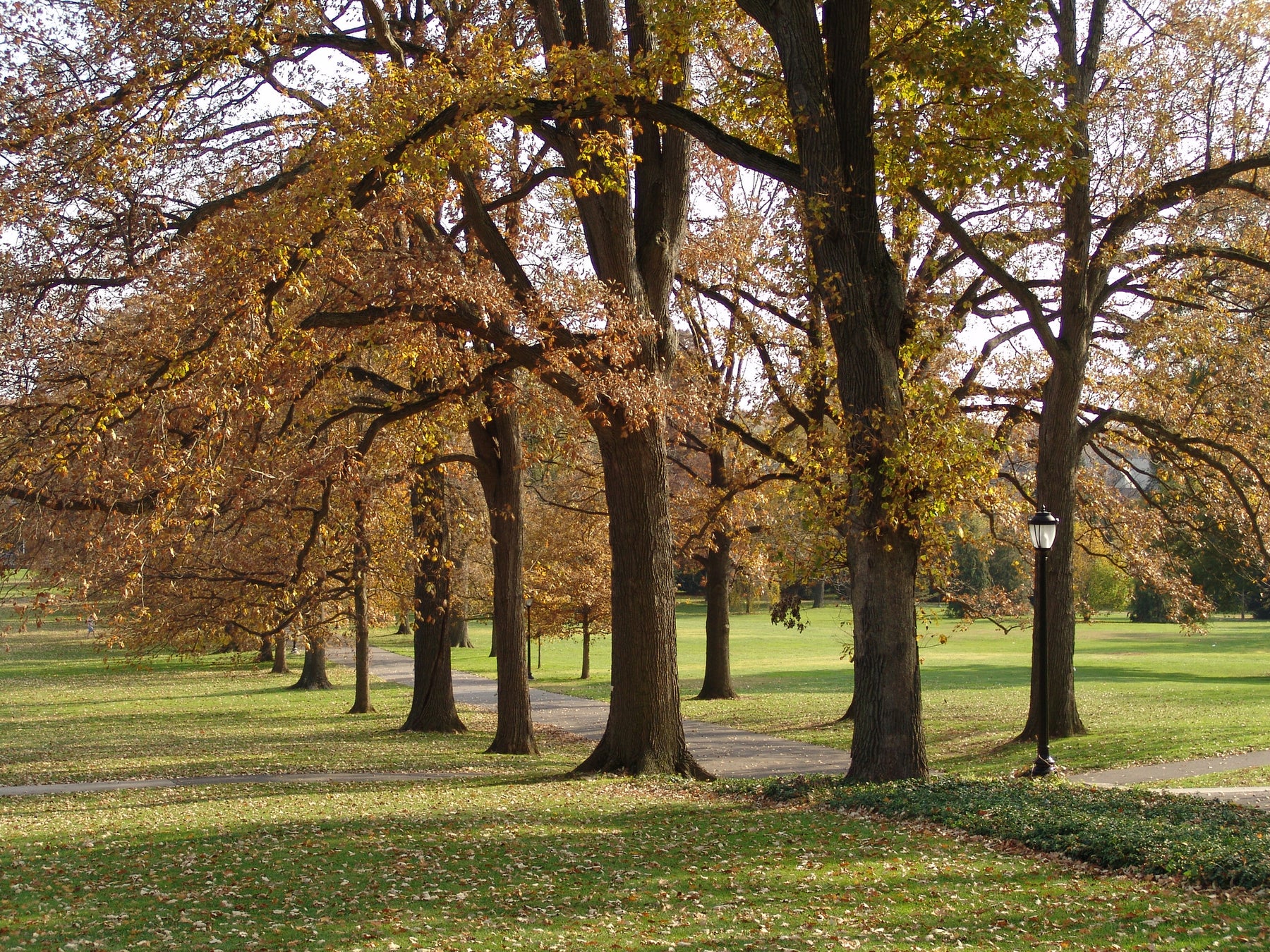
West Virginia's Witness Trees: Living Witnesses to the Civil War
The History of West Virginias Trees - The Living Urn Memorial Tree Series
If trees could talk they could divulge great insights into West Virginia’s 152-year history, beginning with its birth during the Civil War.
Two of those trees, in particular, could relate stories of West Virginia before it was an independent state. They could tell of the conflict itself: roaring cannons, divided loyalties and heartbreaking defeats – all elements rooted in the creation of the 35th state.
West Virginia's Memorial Tree - The Yellow Buckeye
The yellow buckeye (Aesculus flava) that grows at the General Lewis Inn saw frontline action during the Battle of Lewisburg. In the early morning hours of May 23rd, 1862, Confederate forces attacked Union troops in an effort to retake Lewisburg. Brigadier General Henry Heth, stationed above Lewisburg’s eastern border, bombarded the town with artillery and attacked Union forces with 2,300 troops. Union Colonel George Crook and his men held Lewisburg and forced the Confederates to retreat. The Battle of Lewisburg, which accounts say lasted little more than an hour, was a deadly one. Eighty Confederates were killed, 100 were wounded and 157 were taken prisoner. Although the Union held Lewisburg, it also lost men: 13 killed, 53 wounded and seven listed as missing.
Lewisburg’s historic yellow buckeye tree stands tall today at 109 feet above the ground.
West Virginias Significant Trees - Swamp White Oak Tree
A 92-foot tall swamp white oak (Quercus bicolor) stands along Rattlesnake Run near Shepherdstown, West Virginia. It is a silent witness to the devastation of the bloodiest one-day battle in American history. Across the Potomac River from Sharpsburg, Maryland, the oak grows along the route Confederate General Robert E. Lee and his men used to evacuate after the Battle of Antietam.
The battle began at dawn on September 17th, 1862, and lasted for 12 hours, during which more than 15,000 soldiers were killed or wounded. After spending the next day gathering their wounded and burying their dead, the Army of Northern Virginia evacuated Sharpsburg on the evening of September 18th, crossing the Potomac into what is now West Virginia. Along the evacuation route, people opened their homes to care for the wounded and dying; soldiers are said to have rested where the swamp white oak grows still today.


